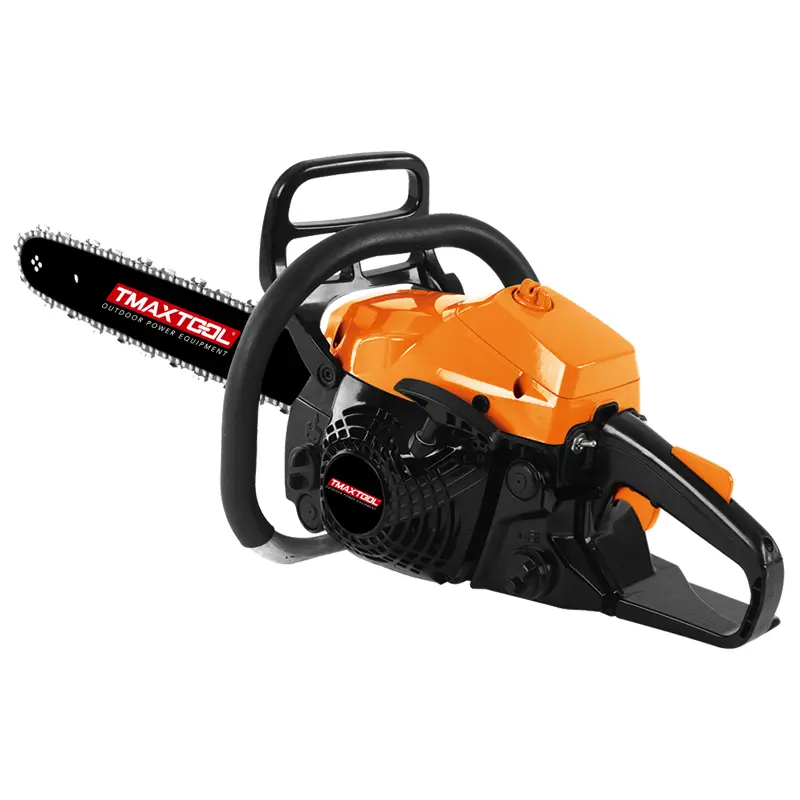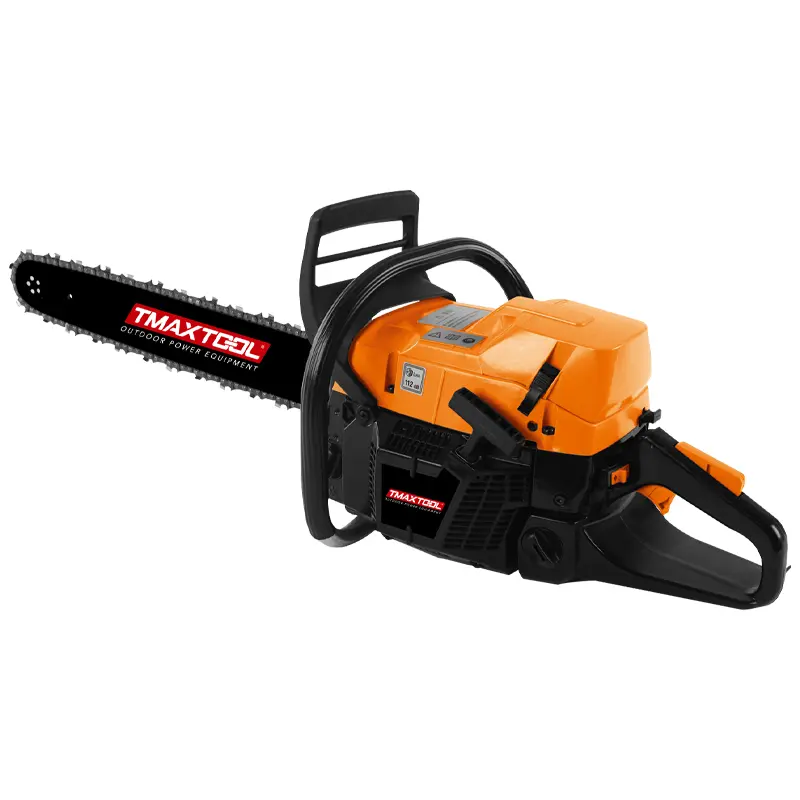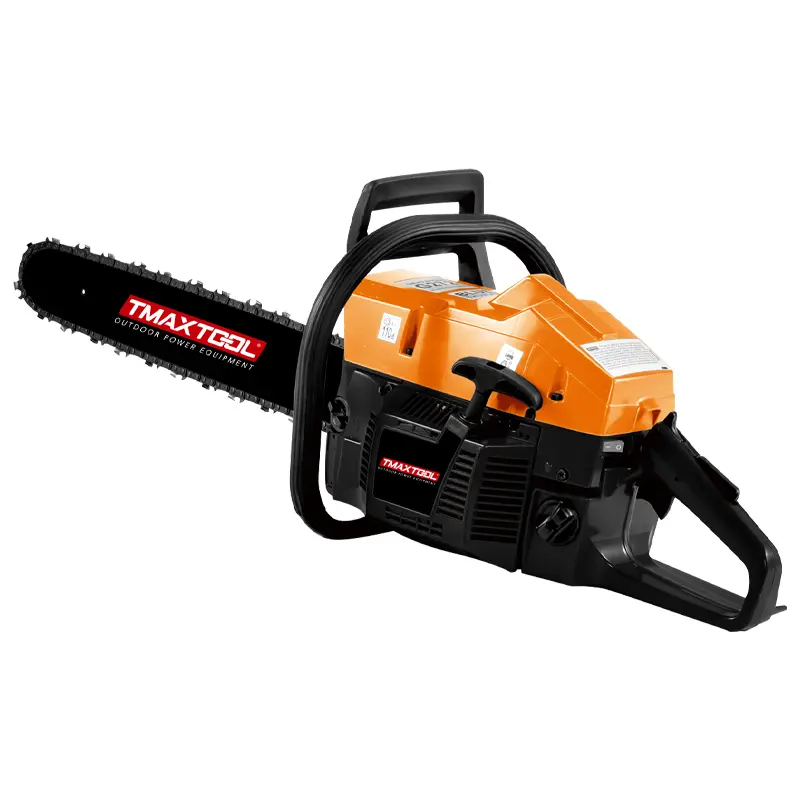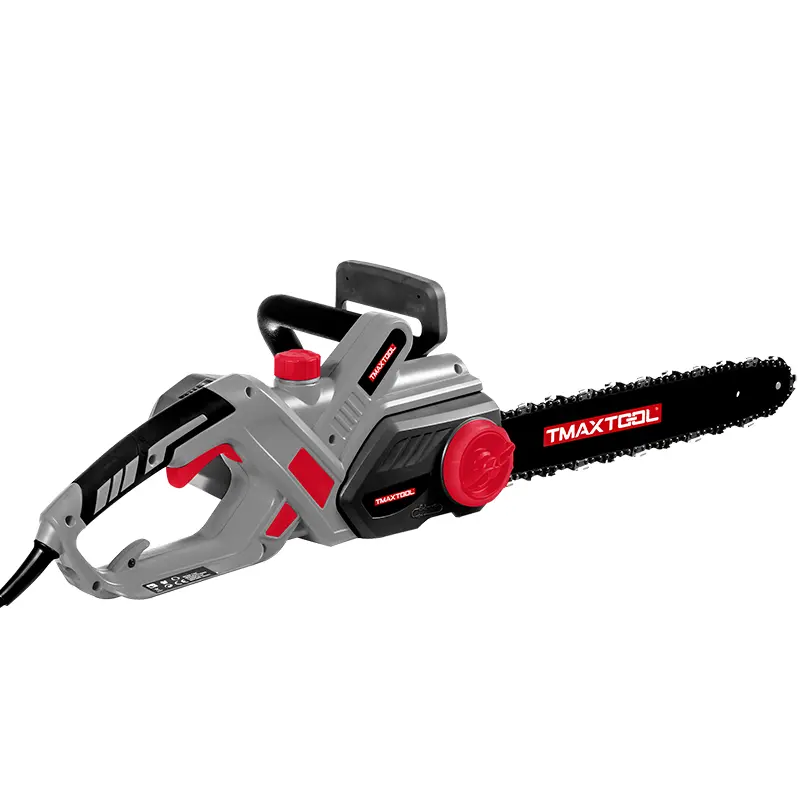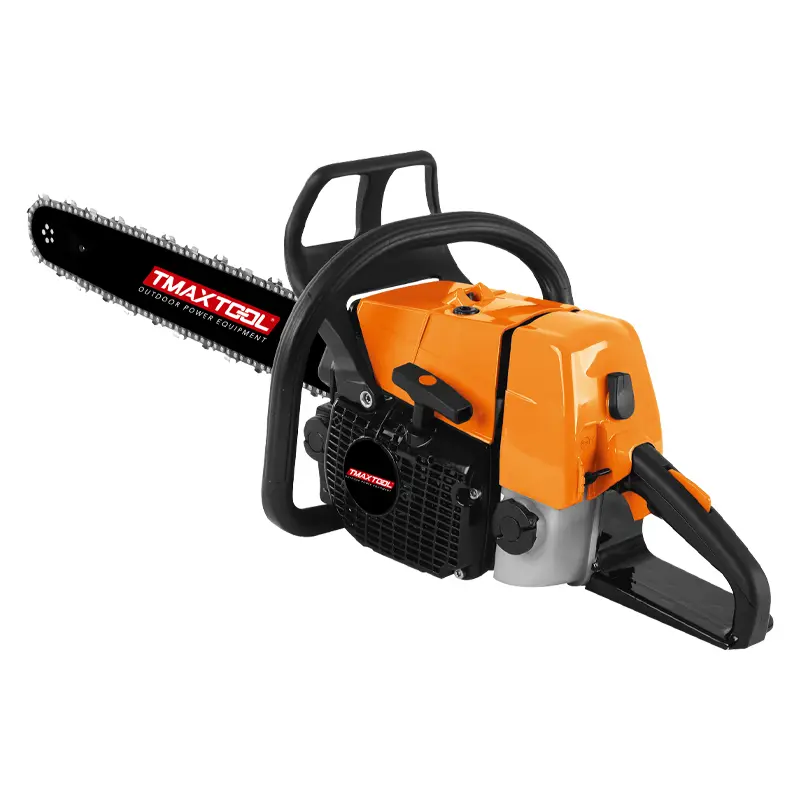How to use a gasoline chain saw
The use of a gasoline chain saw mainly includes the following steps:
Preparation before starting:

Be sure to wear appropriate safety gear, including hard hats, earplugs, goggles and protective gloves to protect your head, eyes, ears and hands.
Check the tightness of the saw chain and adjust the saw chain appropriately before using the new chain saw.
Mix fuel and oil, prepare the mixture in the correct proportions, and add the mixture to the fuel tank.
Add chain lube to the oil tank.
Make sure the work area is safe and there are no people or animals walking around within 20 meters.
Start the chain saw:
Turn the circuit switch to turn on the circuit. Pay attention to the position of the circuit switch of the domestic chain saw. Usually turn it upward to turn on the circuit.
Pull out the damper lever and close the damper.
Holding the trigger control arm, press the locking button on the front and release the trigger to the activated position.
Pull out the starter handle to start the machine, turn off the chain saw and let the engine idle for a few minutes.

Operational safety:
Avoid using a chain saw in windy weather to prevent the tree from falling over or losing its balance.
Make sure the power plug and cable are protected from damage and moisture to prevent electric shock.
Precautions during use:
Pay attention when cutting, keep cutting in one direction, and avoid excessive force or frequent changes of direction.
When the engine power drops, the filter may be too dirty and you need to stop the chain saw to clean the air filter.
Maintenance after use:
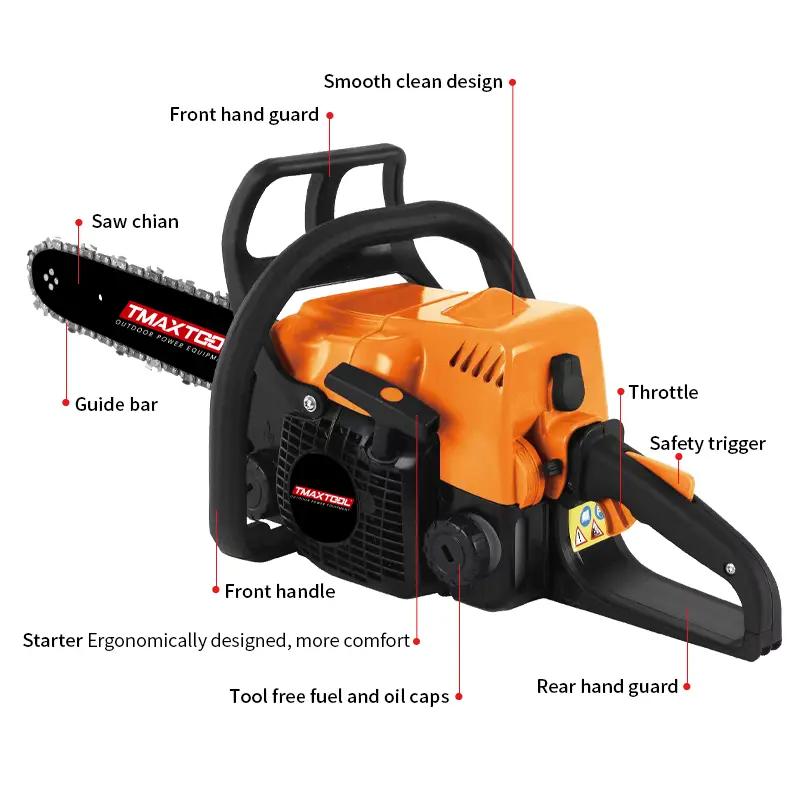
Clean the chain saw after finishing the work, especially the blade and chain parts.
Change the oil and air filter of your chain saw regularly to ensure proper operation.
Proper and safe use of a chain saw not only improves work efficiency but also reduces the risk of accidents.

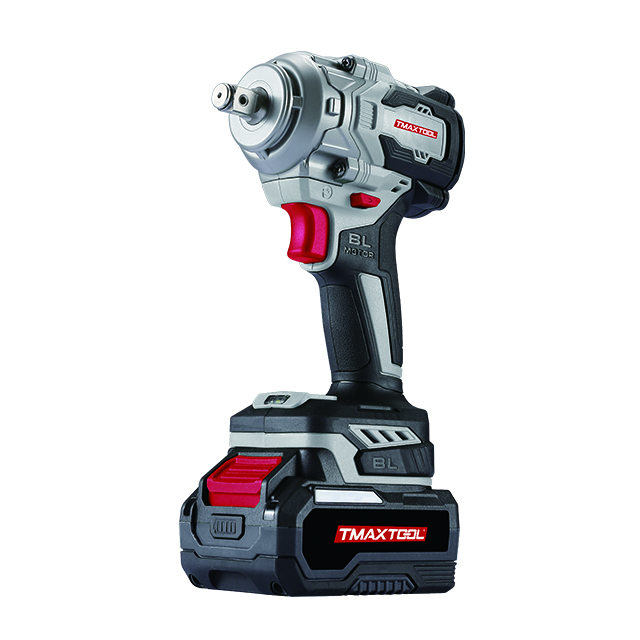 Impact Wrench
Impact Wrench
 Screwdriver
Screwdriver
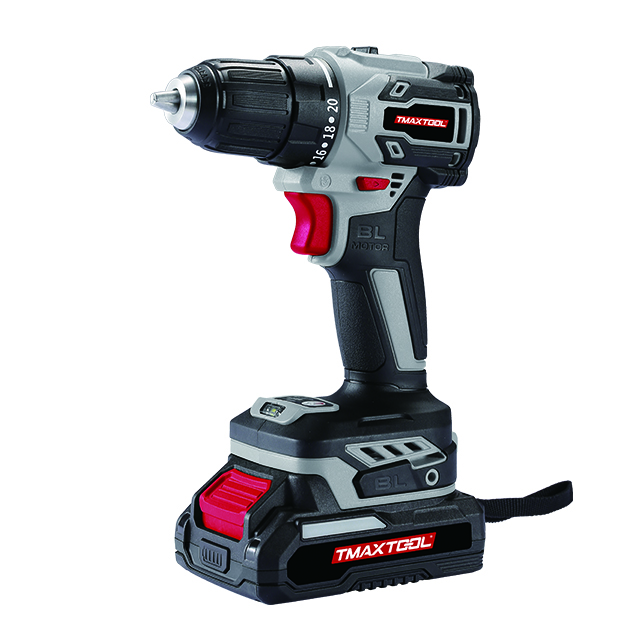 Cordless Drill
Cordless Drill
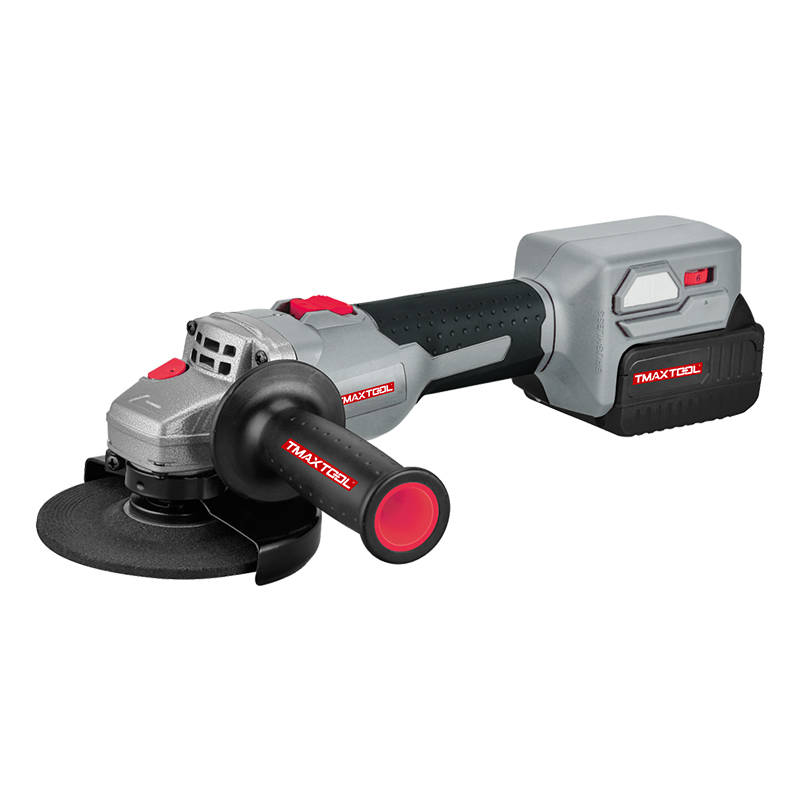 Angle Grinder
Angle Grinder
 Polisher
Polisher
 Wood Router
Wood Router
 Jig Saw
Jig Saw
 Hammer Drill
Hammer Drill
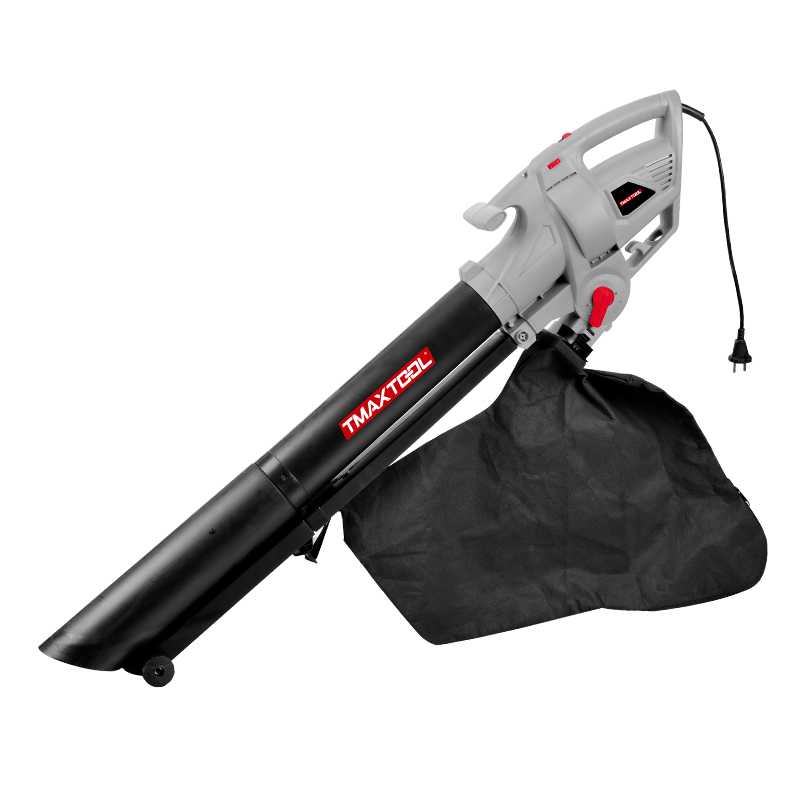 Portable Blower
Portable Blower
 Orbital Sander
Orbital Sander
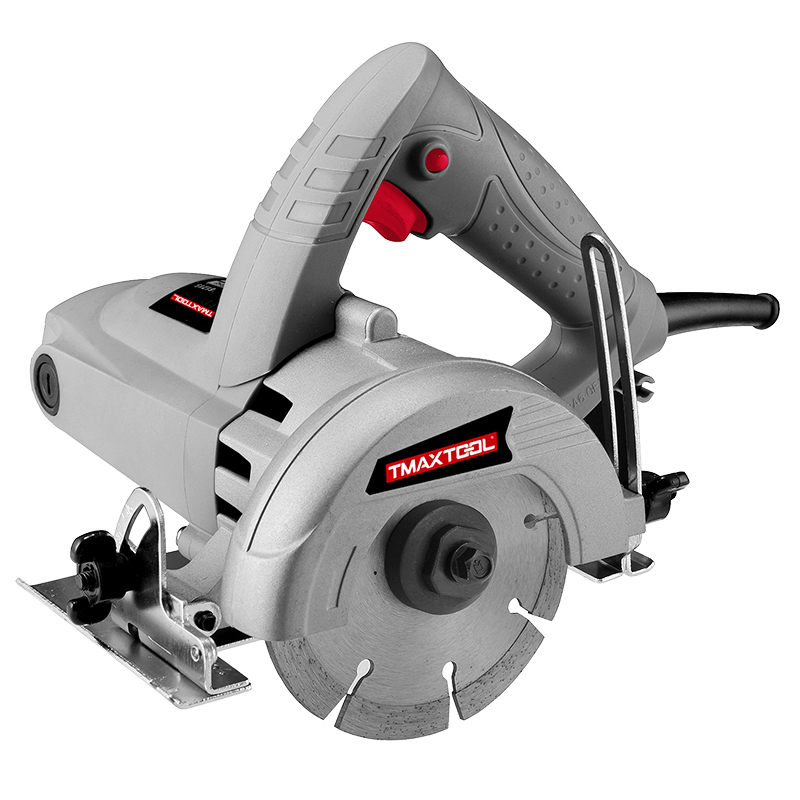 Marble Cutter
Marble Cutter
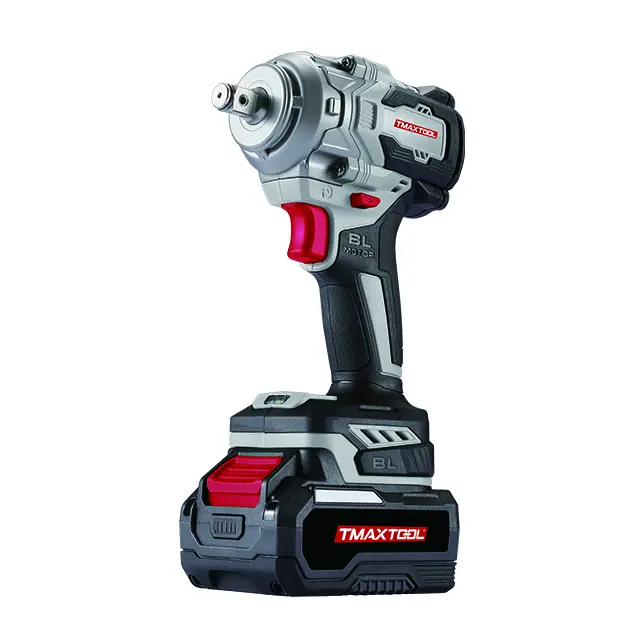 GARDEN TOOLS
GARDEN TOOLS
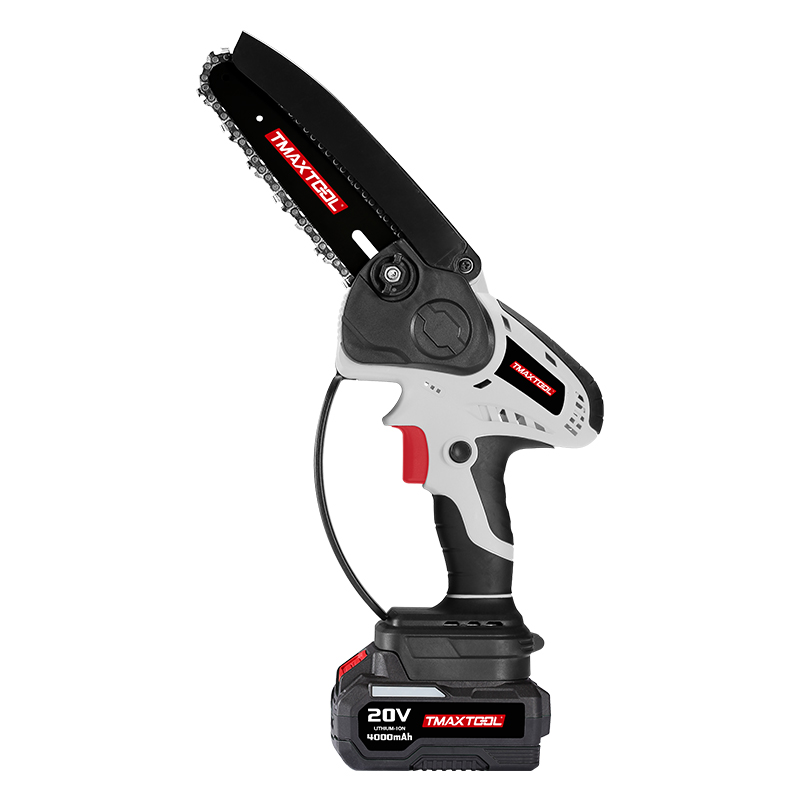 Battery Chain Saw
Battery Chain Saw
 Battery Brush Cutter
Battery Brush Cutter
 Battery Hedge Trimmer
Battery Hedge Trimmer
 Battery Multi Tool
Battery Multi Tool
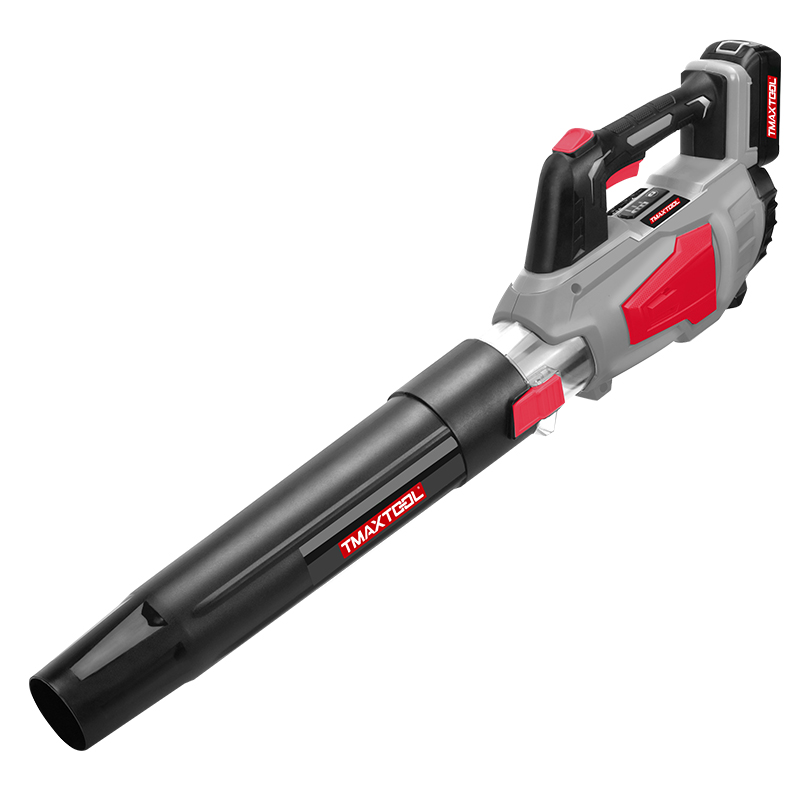 Battery Blower
Battery Blower
 Batter Pruning Shears
Batter Pruning Shears
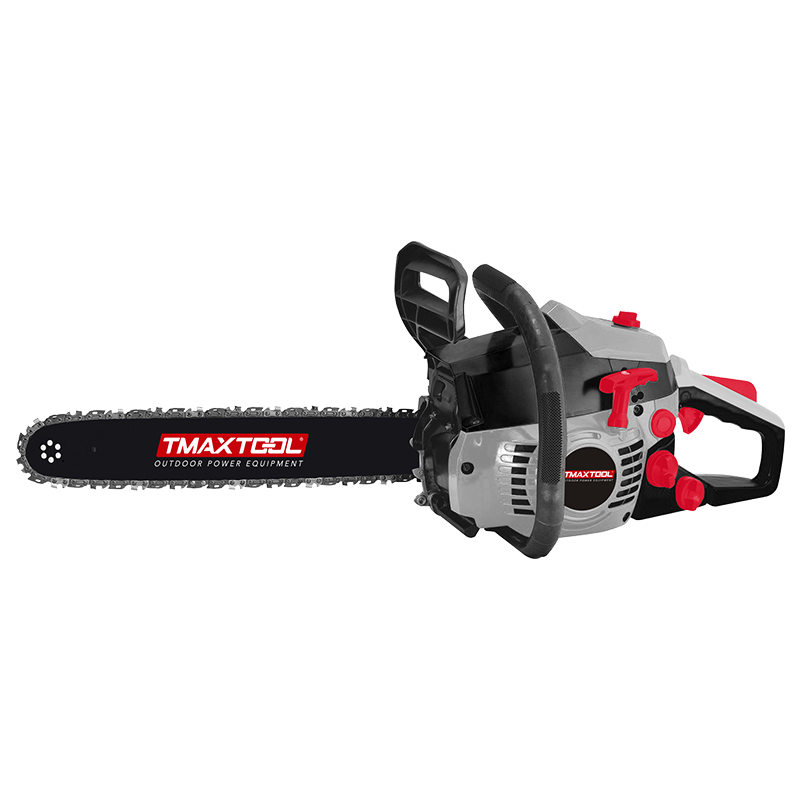 Chain Saw
Chain Saw
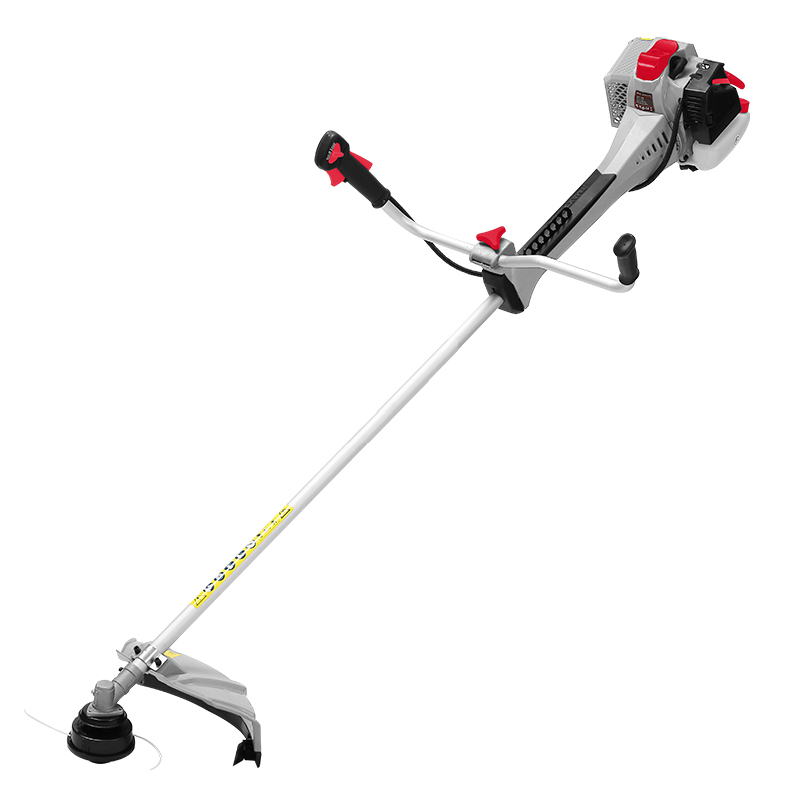 Brush Cutter
Brush Cutter
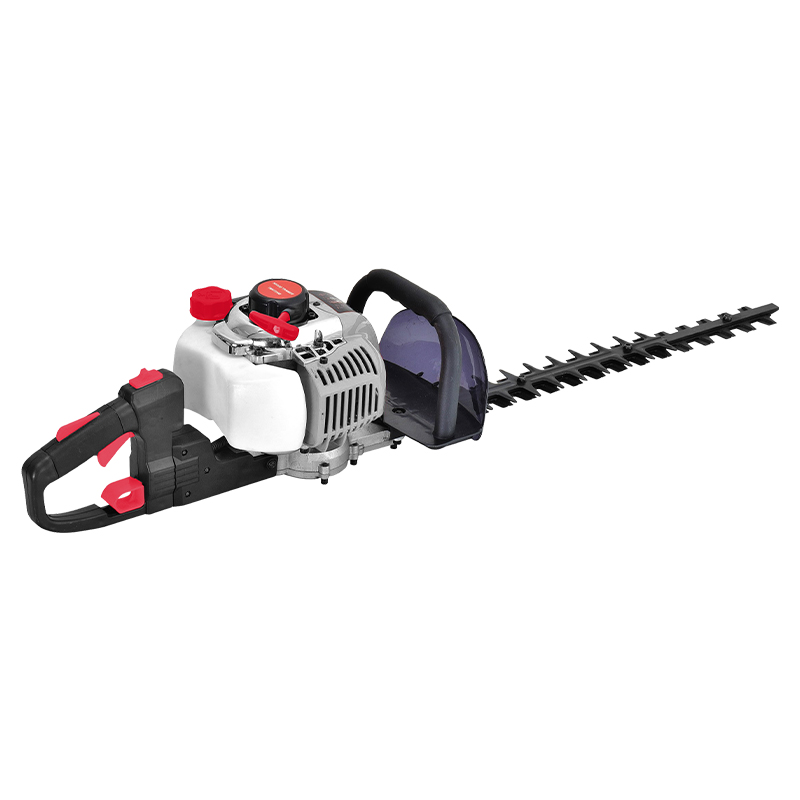 Hedge Trimmer
Hedge Trimmer
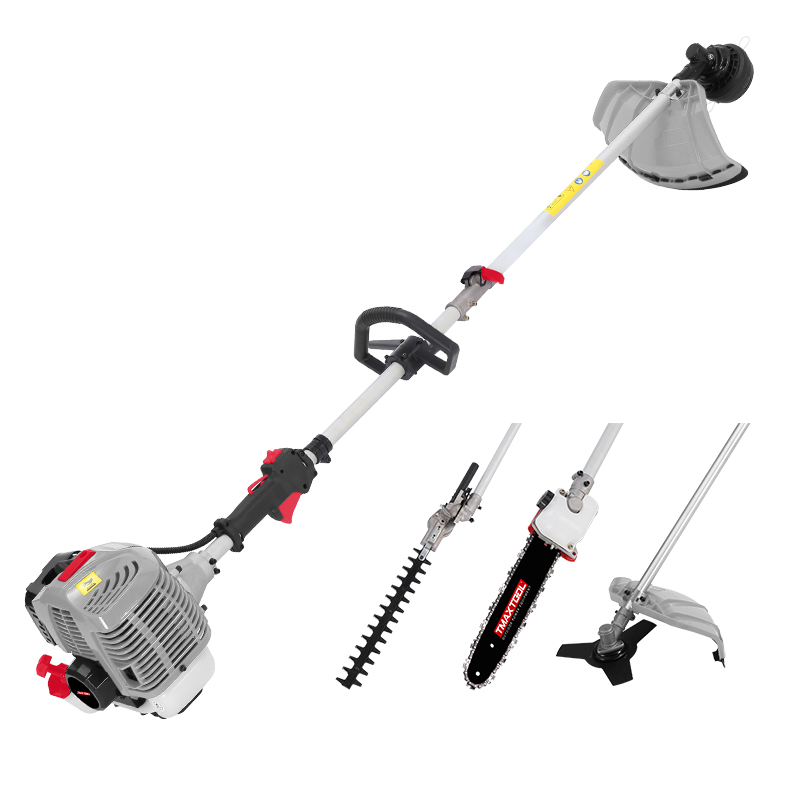 Multi Tool
Multi Tool
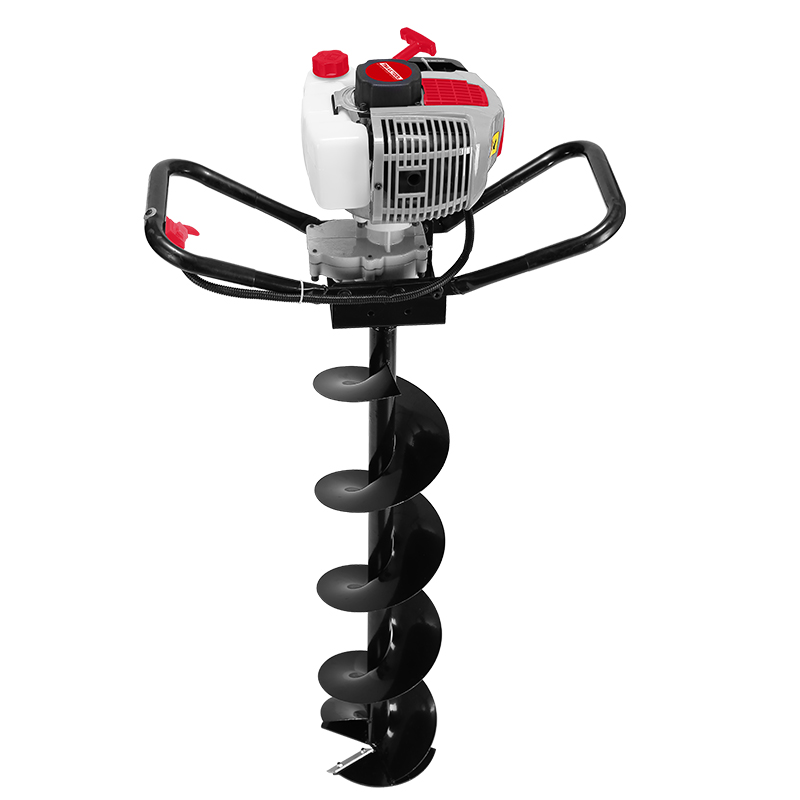 Earth Auger
Earth Auger
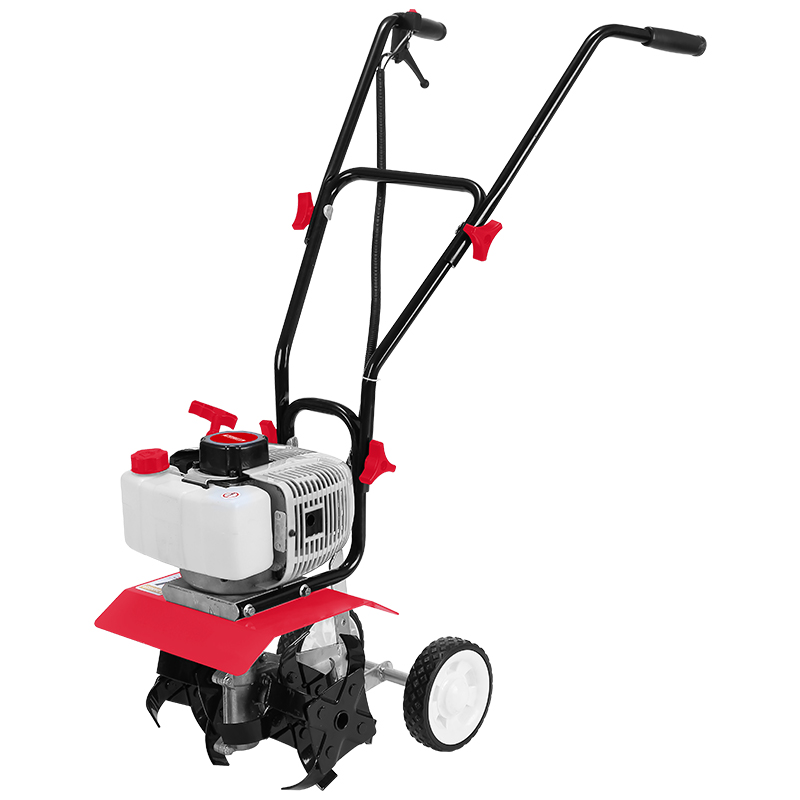 Tiller
Tiller
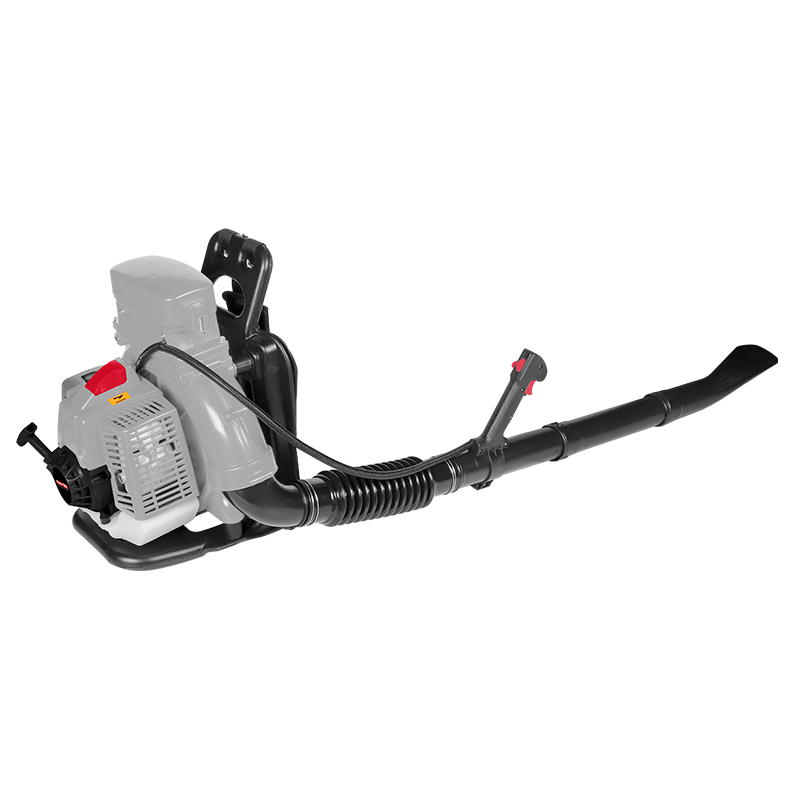 Blower
Blower
 4 Stroke Gasoline Engine
4 Stroke Gasoline Engine
 Generator
Generator
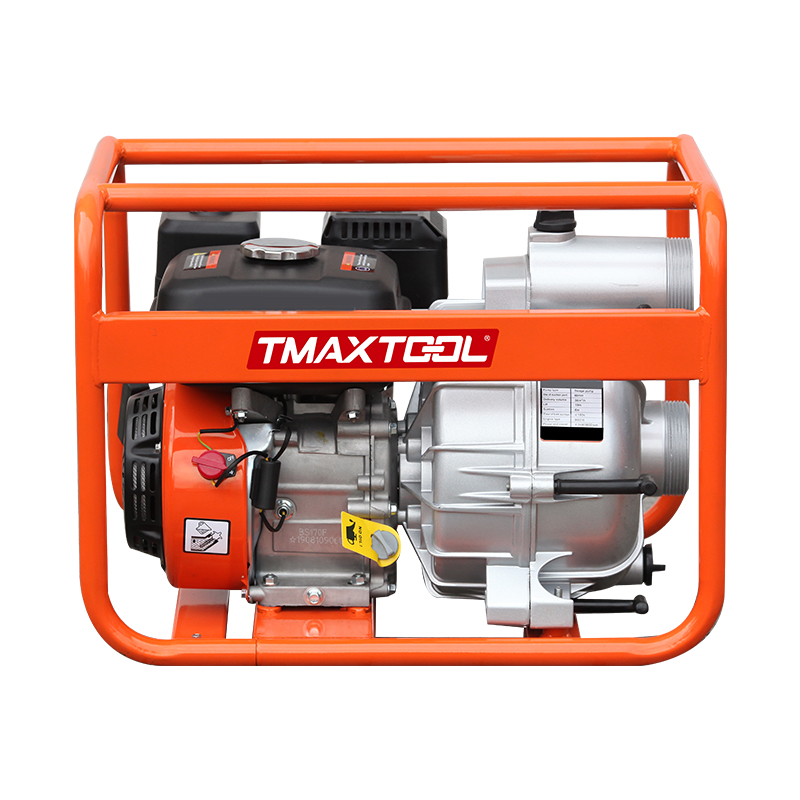 Water Pump
Water Pump
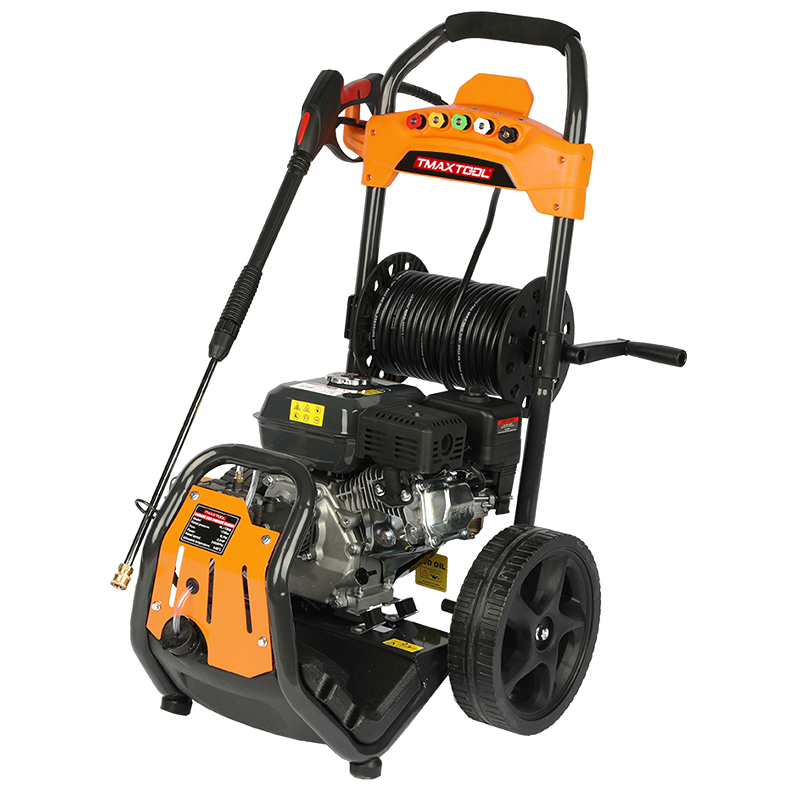 High Pressure Washer
High Pressure Washer
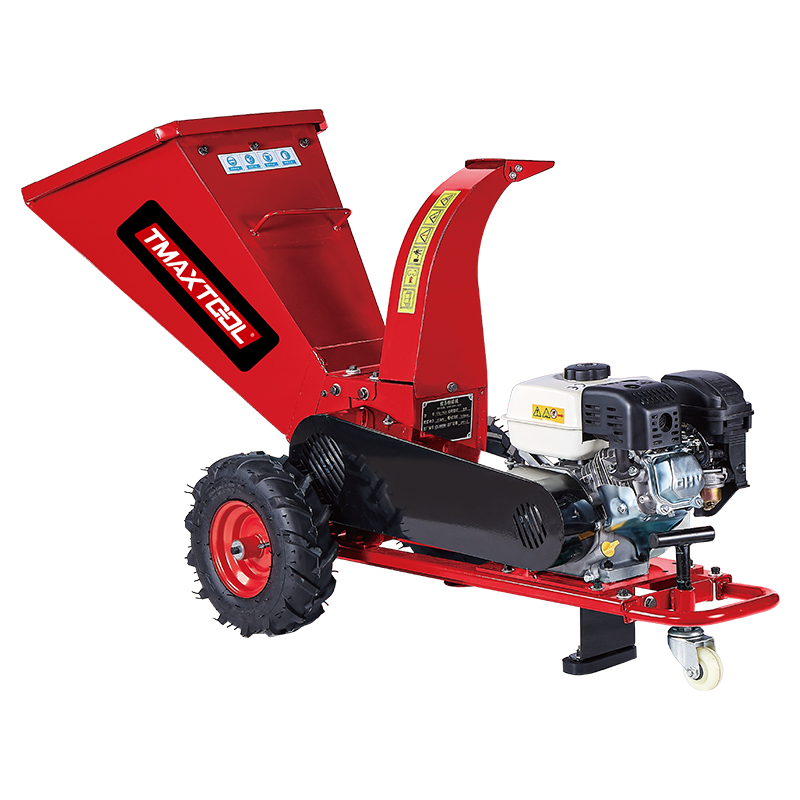 Wood Cutter
Wood Cutter
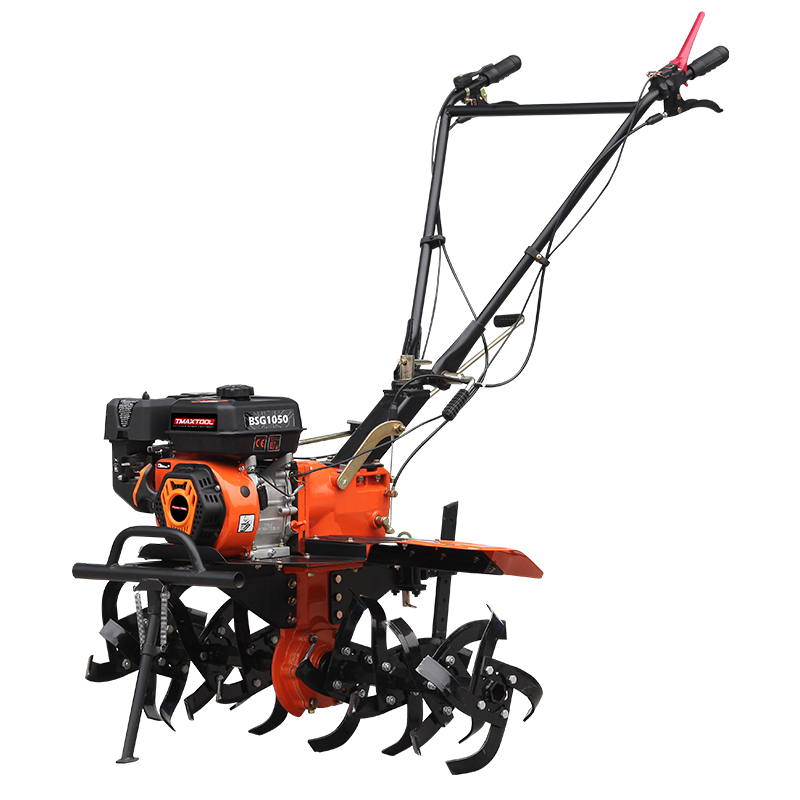 4 Stroke Tiller
4 Stroke Tiller
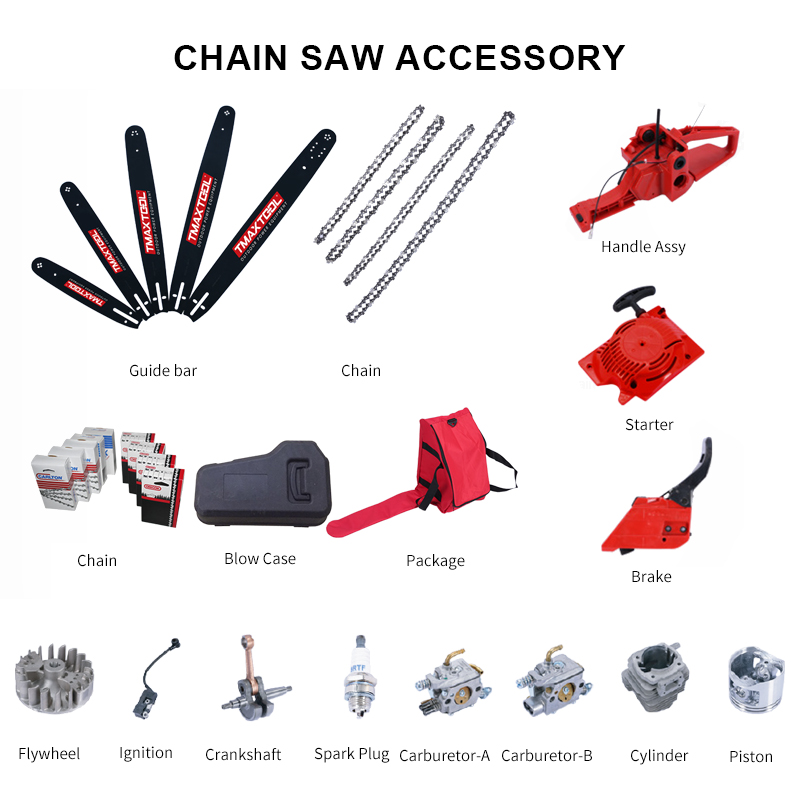 Chain Saw Accessory
Chain Saw Accessory
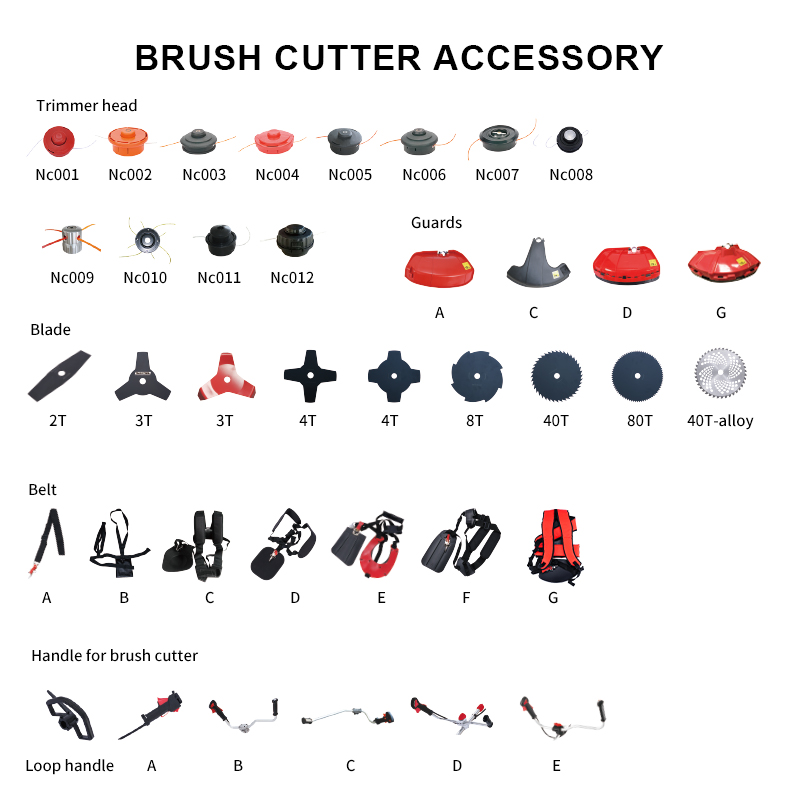 Brush Cutter Accessory
Brush Cutter Accessory
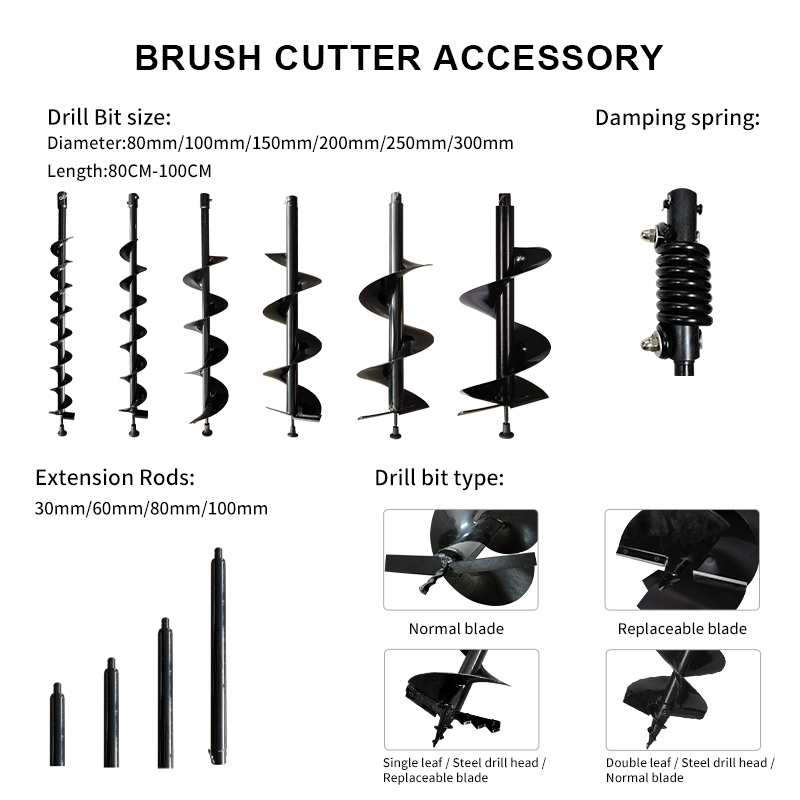 Earth Auger Accessory
Earth Auger Accessory
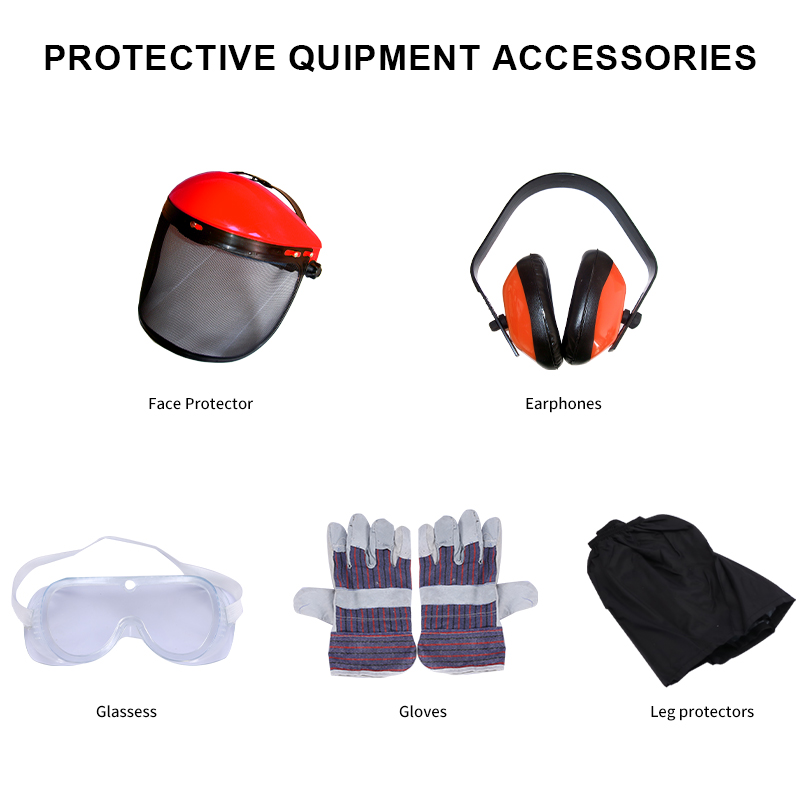 Protective Equipment Accessories
Protective Equipment Accessories


